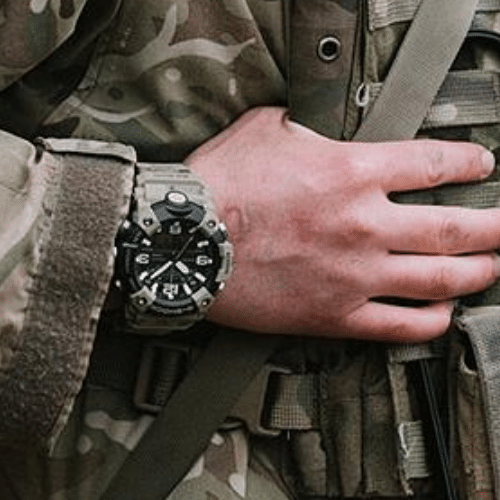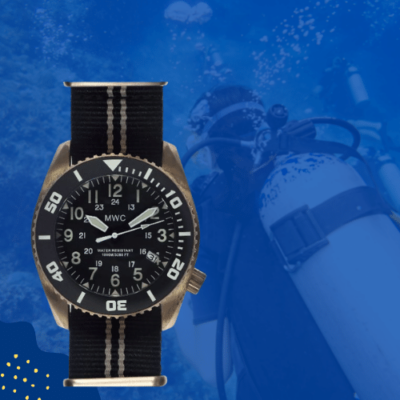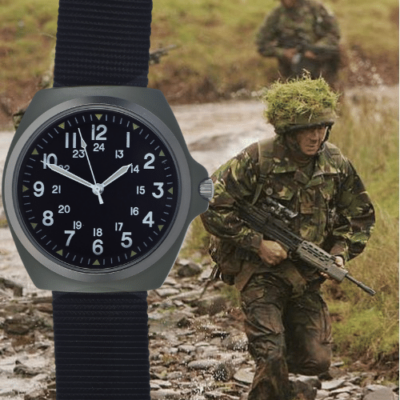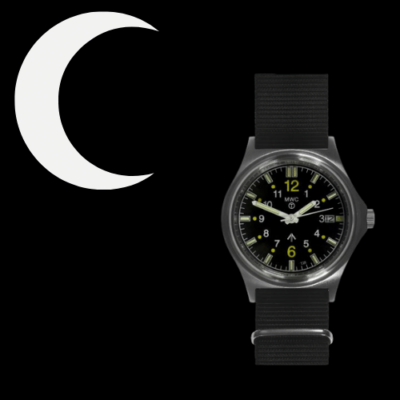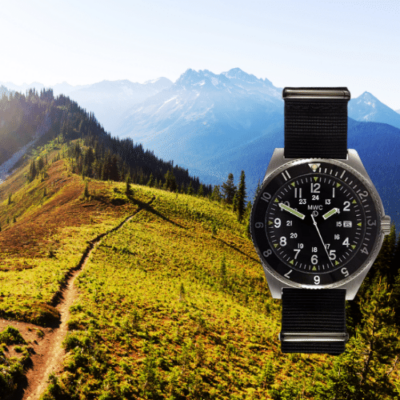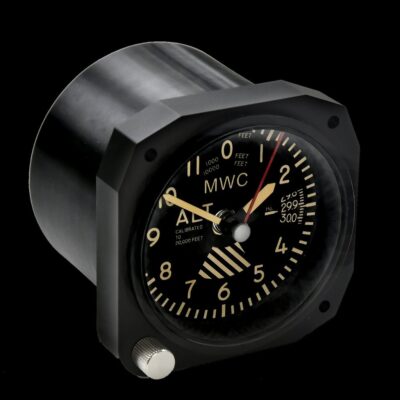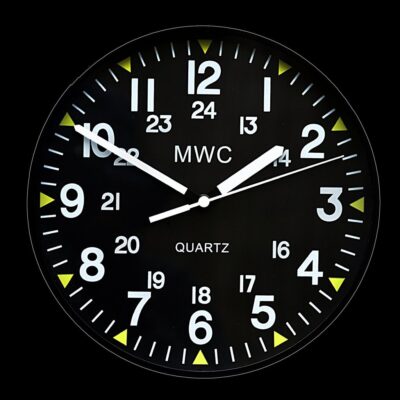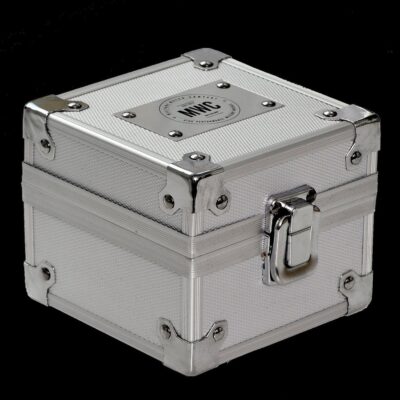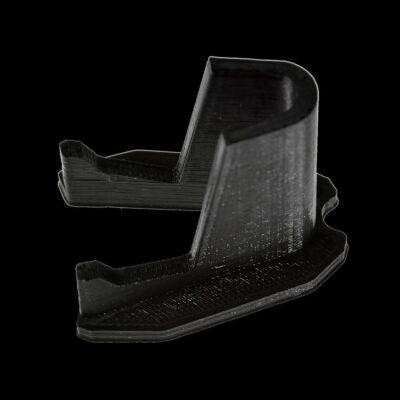News
America’s Heaviest Fighter: Was the F-14 a Dominant Force or a Disaster?
Entering service in 1974, the F-14 Tomcat air superiority fighter developed for the U.S. Navy remains the heaviest fighter type ever commissioned into service in the Western world, and was the first fourth generation tactical combat jet to become operational worldwide. The particularly large aircraft was considered unaffordable by multiple services that evaluated it, including the U.S. Air National Guard and the British Royal Air Force, but was financed by the Navy due to the imminent threat posed by Soviet bombers to its carrier strike groups. With the exception of the Soviet MiG-31 interceptor, the F-14 was unrivalled during the Cold War era in terms of its beyond visual range air-to-air capabilities. The fighter’s sensor suite and the guidance systems on its AIM-54 missiles particularly stood out, and allowed the aircraft to engage small cruise missiles sized targets at extreme ranges and to engage multiple targets simultaneously, which only the MiG-31 could otherwise do.

Although pioneering new advances in air-to-air capabilities, the F-14 would prove to be a highly problematic fighter. Developed in parallel to the more conservative F-15, which entered service just one year later in the Air Force, issues with the F-14 led to it being retired early in 2006, where the F-15 by contrast is not only still in service 20 years later, but continues to be manufactured and procured ensuring it will remain in service until the 2060s. The F-14’s extremely high sustainment costs were one notable factor, with another being its limited versatility and flight performance. The fighter’s TF30 engines were particularly problematic, with Secretary of the Navy John Lehman reporting to the U.S. Congress that combining what he referred to as “a terrible engine” with the fighter was “probably the worst engine/airframe mismatch we have had in years.”
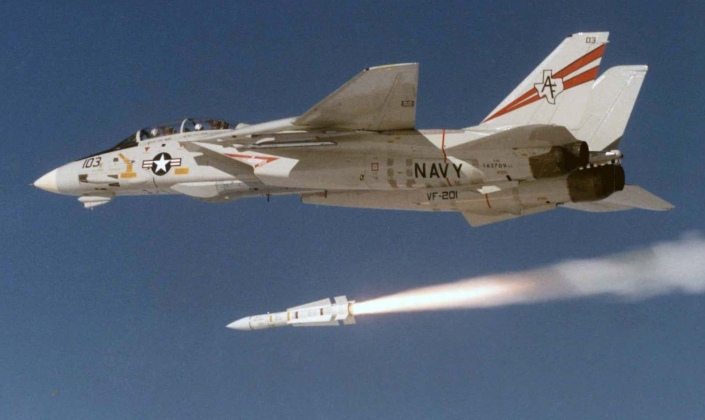
A distinguishing feature of the F-14 was its ability to engage multipole targets at extreme ranges, with its AIM-54 air-to-air missile having ranges of approximately 200 kilometres, compared to ranges of under 70 kilometres for all other American fighter types. The missile combined this range with a particularly large warhead, and with the world’s first active radar guidance capability to facilitate higher kill probabilities. Despite these advanced features, the F-14 would fall short of providing the air dominance which its capabilities on paper indicated it would have. During the Iran-Iraq War, the aircraft proved far from capable of providing superiority over the Iraqi Air Force, and failed to achieve any kills against Iraq’s elite MiG-25PD interceptors, while seeing at least three of its number lost in combat. Its first engagement with the MiG-25 ended in both aircraft failing to achieve kills.
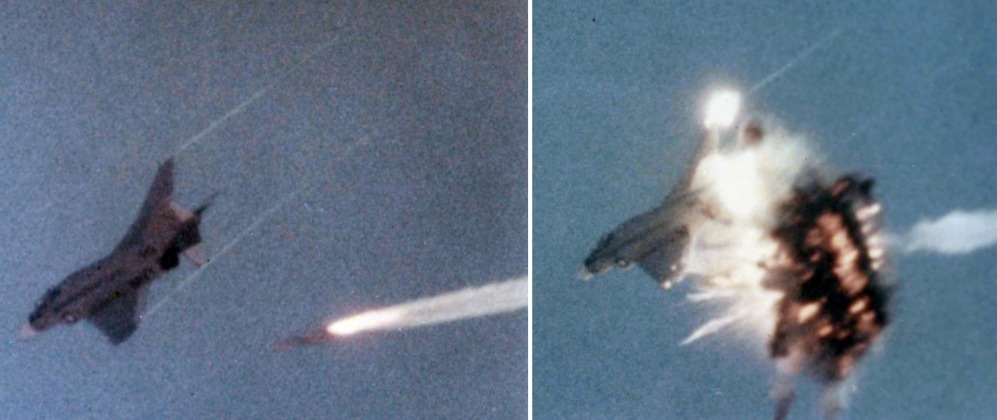
Although the F-14’s shortcomings in Iranian hands were widely dismissed as consequences of the chaotic state of the Iranian Armed Forces, the fighter would play only a peripheral role in the Gulf Warwhen operated by the U.S. Navy despite its air-to-air capabilities on paper being far superior to those of other American and allied aircraft. Like the F-15, the F-14 wouldbe involved in multiple attempts to shoot down Iraqi MiG-25 interceptors during the 1990s, and although it was the best suited aircraft to such a role, it failed to achieve any beyond visual range kills against the Soviet-built jets, much as was the case for the F-15. The aircraft’s AN/AWG-9 radar would remain a major constraint on its performance, and by the early 1980s was left out of date as the Soviet Union introduced the world’s first electronically scanned array radars into service for air-to-air combat on the MiG-31. Ultimately while the F-14 had potential to be improved through modernisation, it had been a highly problematic aircraft from the outset, which combined with its high sustainment costs resulted in a decision to retire it early and focus investments on the much lighter and shorter ranged but less costly F-18E/F Super Hornet.

